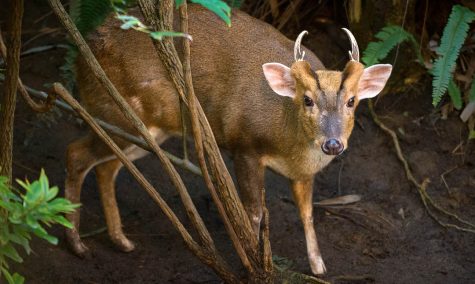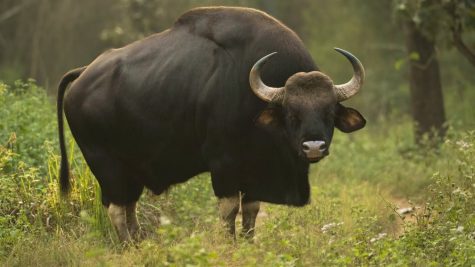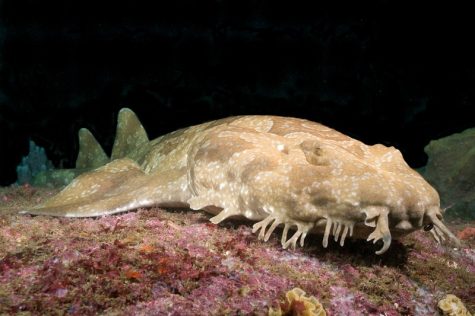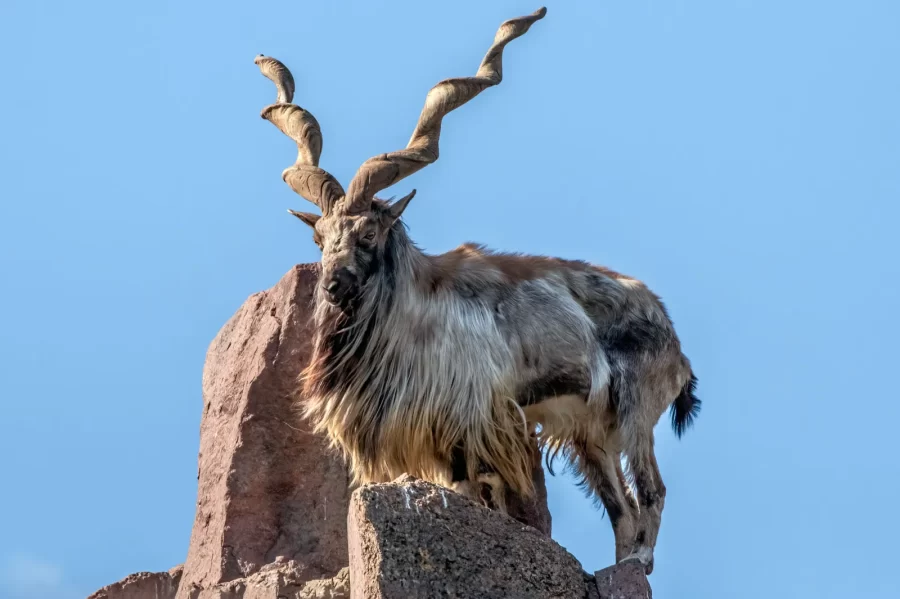Random Animals!
February 24, 2023
Now, now, I know what you’re thinking. “Why the heck is this clown writing about animals I’ve never heard of? When’s the last time he even put out an article? Why did Dr. Seuss cheat on his wife?” I can only answer one of those, and it’s the first one. The reason is that I was bored in stat class and decided to look up a random animal generator. Turns out, there are some pretty cool animals out there, so I’m gonna write about them.
First up we have the Markhor (pictured above). This large goat is also known as the screw horn goat (3 guesses as to why) and is the national animal of Pakistan. It is native to Central Asia, the Karakoram, and the Himalayas, can weigh between 71 and 243 pounds and can be between 26 and 45 inches at the shoulder, giving them the widest shoulder span of any species in the genus Capra. As for why the horns are so tightly curled, a personal theory of mine is that they are naturally straight, but they are sought out and given a very permanent hairdo with a comically large curling iron.

Next on our list is a particularly dapper little fellow, known as the Muntjac, the barking deer, or the rib-faced deer. Known especially for the strange markings on their face that strongly resembles eyebrows, these little fellows reside largely in Asia, as well as having several invasive populations in Japan and the UK. The strange markings on their faces are not, in fact, holes, but rather scent glands used to mark their territory. Another peculiar feature is their genetics. The Indian Muntjac, a variation of the Muntjac, has the lowest recorded number of chromosomes in any mammal, with the males having 7 and the females having 6. Comparatively, the Reeve’s Muntjac has 46, which sparks the theory that the Indian Muntjac may, in fact, be a square root of a particularly large individual from the Reeve’s Muntjac population.

Next up is the mighty Gaur, out here putting the beef in beefcake, as it is a massively built creature with its characteristic ridge on its back giving it a massive form. Found predominantly in South and Southeast Asia, on average, males of this species will reach 6’7” at the hump, weighing in at 3,300 pounds. At their massive size, they have scarce predators, save for humans, tigers, and saltwater crocodiles, though the overlap of the latter’s habitats is shrinking due to both species’ declining population numbers. Other than that, there’s not much that wants beef.

Our final animal for today is our first watery entrant, the Wobbegong! Really fun name, that is. The Wobbegong is a common name given to 12 subspecies of carpet sharks, who act as ambush predators for reef fish and other sharks, augmented by the presence of many needlepoint teeth. While they are generally docile to humans, there have been some reports of them attacking unsuspecting humans and surfers that get too close. They are also reported to be very flexible, being able to bite a hand that is holding their tail. While reportedly difficult to remove when attached, there have been no reported fatalities. I guess they’re just pricks.
That’s all for now. Let me know if this is cool or not, I just kinda wanted to do something since it’s been a while. There’ll be a new feature soon. Surely.


